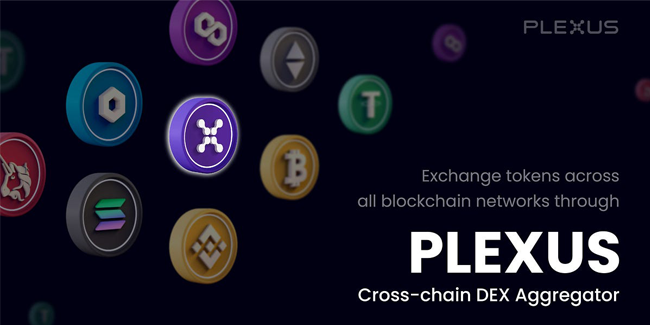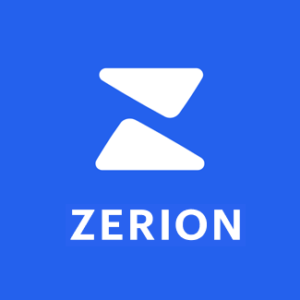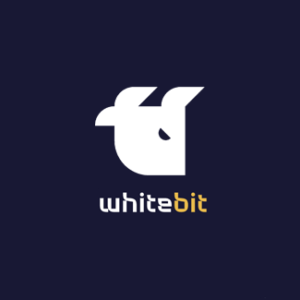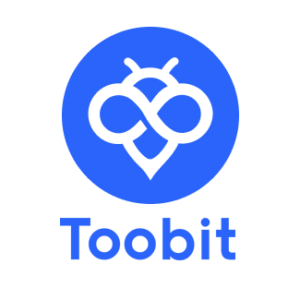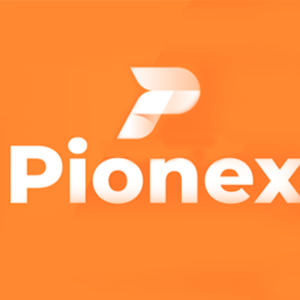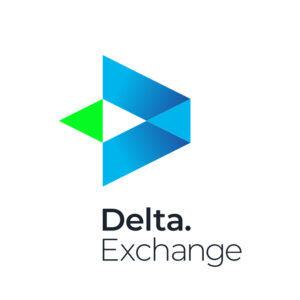In the rapidly evolving world of blockchain technology, interoperability has emerged as a critical challenge. Different blockchains operate in silos, hindering the seamless transfer of assets and information between them. However, PLEXUS, the world’s leading cross-chain aggregator, is here to bridge the gap. PLEXUS
This article aims to provide an insightful overview of PLEXUS and its groundbreaking approach to cross-chain interoperability.
What is PLEXUS?
PLEXUS is a decentralized platform designed to enable seamless communication and transfer of assets across multiple blockchains. It acts as a bridge between various blockchain networks, allowing users to leverage the unique features and capabilities of each chain while eliminating the barriers to compatibility.
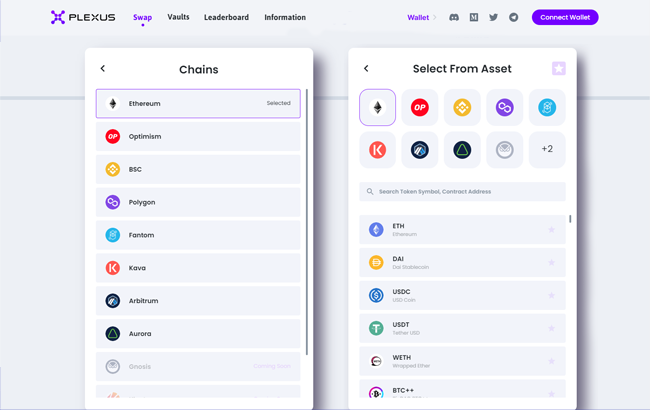
How does PLEXUS work?
PLEXUS achieves cross-chain interoperability through its innovative aggregation protocol. The platform connects different blockchains by creating a network of validators, known as bridge validators. These validators establish consensus on the state of different chains and facilitate the secure transfer of assets between them.
Key Features and Benefits
- Cross-chain asset transfers: PLEXUS allows users to transfer assets, such as cryptocurrencies and tokens, across different blockchains. This feature enables seamless transactions and promotes liquidity between disparate chains.
- Interoperable smart contracts: PLEXUS enables the execution of smart contracts across multiple blockchains. This feature expands the functionality of decentralized applications (dApps) by allowing them to interact with various blockchain ecosystems.
- Scalability and performance: By leveraging cross-chain aggregation, PLEXUS addresses scalability concerns. It prevents network congestion by distributing transactions across different blockchains, thereby enhancing overall system performance.
- Enhanced security: PLEXUS utilizes a network of bridge validators to ensure the security of cross-chain transfers. These validators maintain consensus and validate transactions, minimizing the risk of fraudulent activities.
- Developer-friendly infrastructure: PLEXUS offers a developer-friendly environment with comprehensive tools, APIs, and software development kits (SDKs). This infrastructure empowers developers to create cross-chain applications and integrate PLEXUS into existing projects.
Real-World Applications
PLEXUS’s cross-chain aggregation technology has vast potential across various industries.
Here are a few examples:
- DeFi (Decentralized Finance): PLEXUS enables liquidity providers to connect multiple decentralized exchanges (DEXs) and yield farming platforms, creating a more efficient and diverse DeFi ecosystem.
- Supply chain management: By connecting different blockchain-based supply chain networks, PLEXUS enhances transparency, traceability, and efficiency throughout the supply chain, reducing fraud and counterfeit risks.
- Gaming and NFTs: PLEXUS allows gamers to interact with NFTs (Non-Fungible Tokens) across different blockchain gaming platforms, enhancing the cross-platform value and utility of digital assets.
- Interoperable identity management: PLEXUS can facilitate interoperable identity solutions by connecting different blockchain-based identity systems. This can streamline user verification processes and enhance privacy.
🌐 Social
To stay up to date with the latest news and developments about the Plexus Crosschain Dex Aggregator Platform and the upcoming airdrop, make sure to follow and subscribe.
Conclusion
PLEXUS, the world’s leading cross-chain aggregator, is revolutionizing blockchain interoperability by bridging the gap between disparate blockchain networks. Its innovative aggregation protocol enables seamless communication and asset transfers across different chains, offering enhanced scalability, security, and developer-friendly infrastructure. With PLEXUS, the vision of a connected blockchain ecosystem becomes a reality, paving the way for transformative applications across industries.



